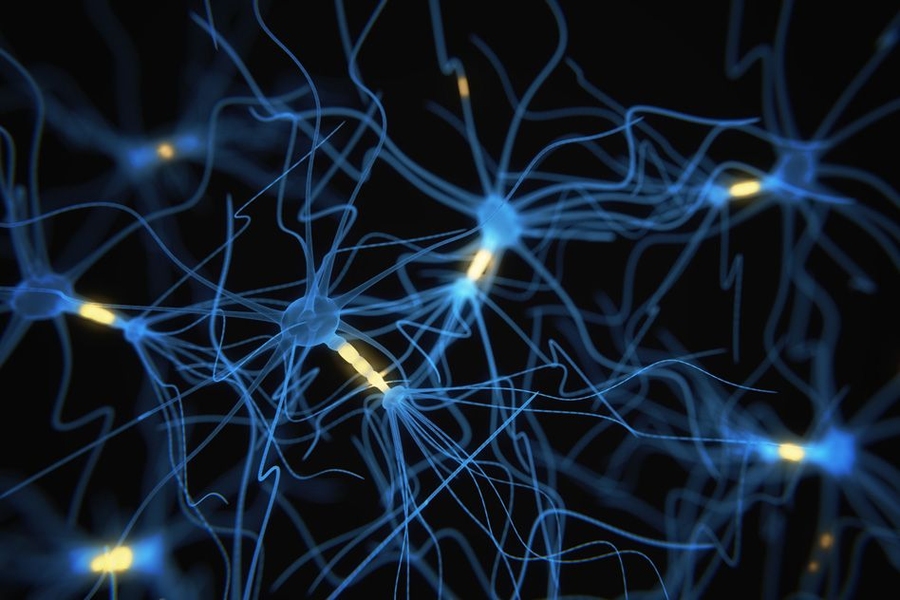New technology developed to detect decision-making in monkeys
February 4, 2021
Decision-making involves a complex set of mental processes that occur simultaneously in your brain, with intertwining neural circuits relaying and processing information to help you analyze and make a decision. While you may be aware of your own thinking process, no one else can see how your neurons are firing and influencing your decisions. This is one of the great marvels of the human brain, a small three-pound organ in your head that is responsible for activation of these circuits to integrate sensory information and then combine and analyze them to make a judgment.
Is it possible to see the decision-making process in real time? Well, researchers at Stanford University created a system to read and analyze information from monkey neurons while they were performing a task in order to analyze the decision-making process. This is a tremendous breakthrough into understanding the mental processes, as “we’re opening up a window onto a world of cognition that has been opaque to science until now,” said Dr. William Newsome, senior study author and the Harman Family Provostial Professor of Neurobiology at the Stanford University School of Medicine and the Vincent V.C Woo Director of the Wu Tsai Neurosciences Institute at Stanford University.
Making a decision involves considering lots of factors, by integrating sensory stimuli and trying to combine the information to make a commitment to a certain choice. However, there are times where our minds waver between different choices as we are comparing information in our thought process. To better understand the decision-making process, we need to measure the electrical activity of neurons in the brain because neurons transmit information by firing action potentials, which are short bursts of electrical signals. With this in mind, the researchers set out to create a system that could measure the activity of the dorsal premotor cortex and primary motor cortex, areas involved in movements and planning of movement. They chose to do this as a chance to observe decision making and predict a monkey’s decision.
The researchers exposed monkeys to a ‘motion-discrimination task’, where the monkeys had to decide what direction dots were moving on a screen. On the screen, there would be a video of moving dots, and the monkeys would need to decide if the dots were moving right or left. The researchers created a neural implant for monkeys that reports the electrical activity over 100-200 neurons in the dorsal premotor cortex and primary motor cortex. While observing the activity, they wanted to be able to decode the information so that they could predict what direction the monkey would choose. Therefore, researchers took the signal measurements and inputted them into a signaling processing and decoding software based on the work of Dr Krishna Shenoy, the Hong She and Vivian W.M Lim Professor in the Stanford University School of Engineering and a Howard Hughes Medical Institute Investigator. With this program, Dr. Diego Peixoto, co-lead author of the study, and his colleagues developed a new algorithm, that integrates real-time data from the neural activity in the dorsal premotor cortex while the monkeys are preforming the task to calculate a mathematical variable called the Decision Variable (DV). The sign (positive or negative) of the DV indicates which choice that the monkey was going to make, so the researchers could estimate the prediction accuracy of the decoder. This research technique, being able to decode mental processes using neuron recording, will be a very valuable technique for cognitive neuroscience. This could end up being valuable for humans with neurological disorders who may have trouble communicating, so we can build systems to predict people’s behavior in order to help their everyday lives.Ka







